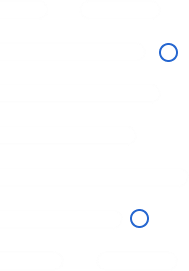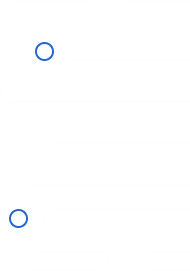
Last week I had breakfast with one of my favorite people Pete Colligan. He has been a lifetime product and engineering leader at SAP and is one of the most intelligent and thoughtful people that I know. Over eggs and bacon I had him tell me about what the difference was between features and capabilities. He then took me to school and this is what I found out!
When it comes to software development, there are a lot of moving parts that go into creating a successful product. One of the most important things to understand is the differences between software features, capabilities, and products. These terms are often used interchangeably, but they actually have distinct meanings that can greatly impact a company’s success. In this blog post, we will explore what these terms mean and how understanding them can help with product positioning and early-stage product building.
Features are essentially the individual components that make up a software product. They might include things like a search bar, a login page, or the ability to upload images. While these features are important, they are not valuable in and of themselves. Instead, they need to be combined in a way that creates something valuable for the user. This is where capabilities come in.
Capabilities are made up of features that have value to a business and produce a particular outcome. For example, a search bar might be a feature, but the capability it provides is the ability for a user to quickly find what they’re looking for on a website. Similarly, the ability to upload images might be a feature, but the capability it provides is the ability for a user to personalize their profile or add visual content to a blog post. Understanding the capabilities of your product is key to creating something that will have real value for your users.
When it comes to creating a successful software product, it’s important to focus on capabilities rather than just features. This requires understanding what your users actually need and want, rather than simply adding every possible feature you can think of. By focusing on capabilities, you can create a product that provides real value and sets you apart from your competitors.
Of course, creating a successful product requires more than just understanding the difference between features and capabilities. You also need to think about the overall product. This includes things like user experience, design, and marketing. A successful product needs to be thoughtfully designed and well-positioned in the market. This is where product positioning comes in.
Product positioning is the process of determining how your product fits into the market and how it can differentiate itself from competitors. By understanding your product’s capabilities, you can better position it in the market and create a “wedge” that sets you apart from competitors. This might mean targeting a specific niche, offering a unique feature, or focusing on a particular use case. Whatever your product’s strengths are, it’s important to leverage them to create a strong position in the market.
Understanding the differences between software features, capabilities, and products is essential for anyone involved in software development. By focusing on capabilities rather than just features, you can create a product that provides real value to your users. Product positioning is also important, as it allows you to differentiate your product and create a strong position in the market. Ultimately, creating a successful software product requires a thoughtful approach that takes into account all of these factors. By understanding what your users need and want, and leveraging your product’s strengths, you can create something that truly stands out and makes a difference.







